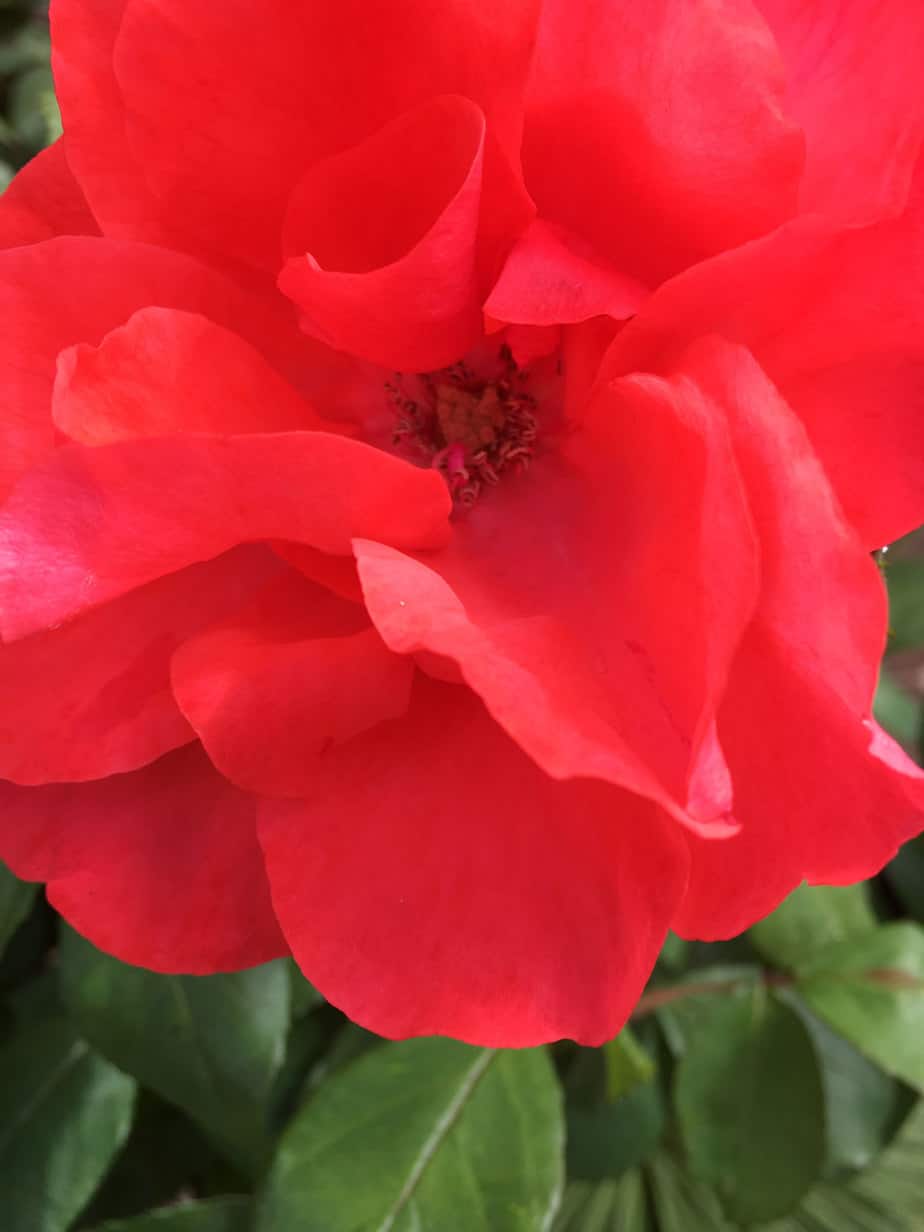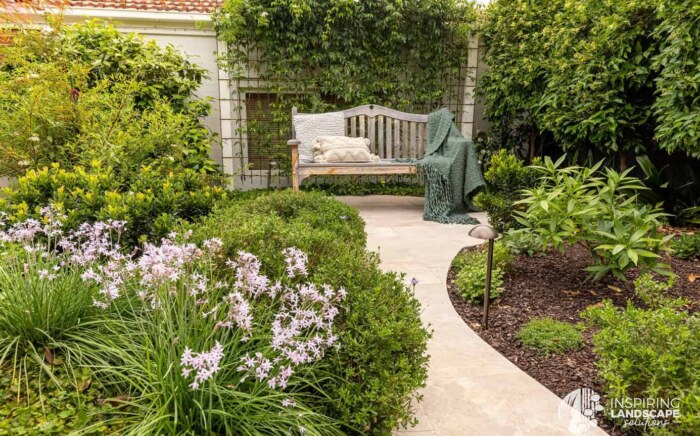My association with roses goes back to my childhood. For me, it was the distinctive perfume of the rose that my mum grew that drew us to this plant. Even risking a cut or two from its thorns just to take as many deep breaths in of its intoxicating perfume!
My mum is the real gardener in the family and who has the most green fingers. There is nothing that she’s ever planted that has never grown. I still remember her going for walks in the evening and coming back with at least a couple of plants. Roses were amongst them and she would stick them in somewhere in the garden. There was always a spot!
Here are 9 things you should consider when planting roses.
1. What climate roses need to grow in and whats the best spot in your garden
Roses typically grow in warm dry climates. They have been bred or have adapted to the humidity of hot tropical climates and areas with low winter temperatures that drop as low as 10 degrees Celsius (as an example).
So in other words, chose a variety that is suitable for your climate. However, there is nothing stopping you from getting any as long as you provide the right growing conditions for it. If you really want one that you are absolutely enamoured with, just have a go!
Where to plant them
The best spot to plant them is always in full sun to maximise their flowering tenacity.
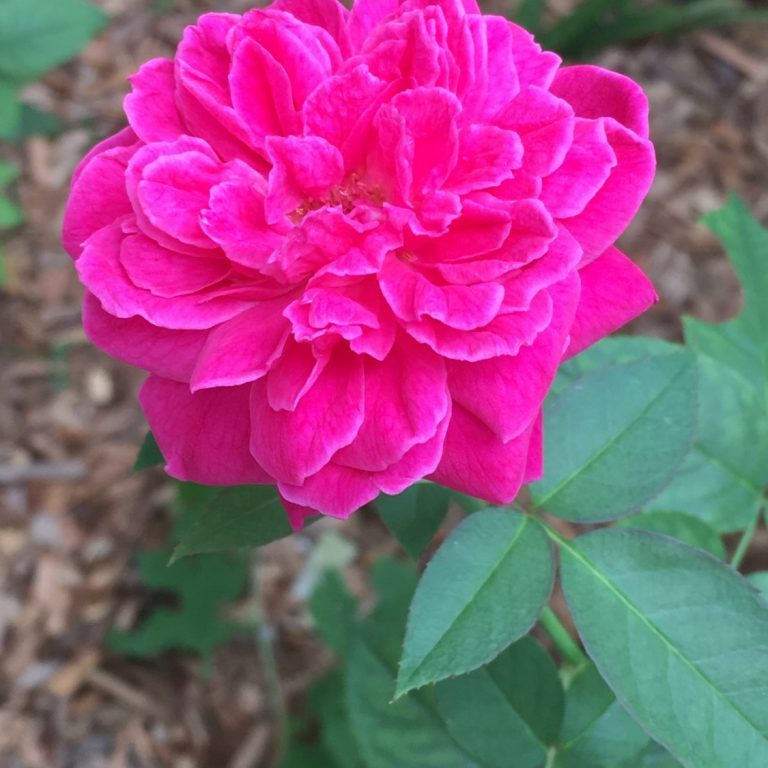
2. What soil to grow roses in
Modern day roses tolerate a wide range of soils as they are grafted on appropriate hardy root stock.
The ideal soil has a pH of around 6.5-7 (slightly acid to neutral). A simple and inexpensive soil kit from Bunnings will give the pH and instructions for how to modify it if necessary.
I find that they grow best in soil that is mixed with lots of organic matter or compost and some well-rotted animal manure which breaks down and conditions the soil and provides nutrients for the growing plant.
3. How to prepare the soil
When digging in the organic matter and manure, ensure that you cultivate or mix the existing soil with the new material you are adding in rather than creating two distinct layers in the soil profile.
Depending on the size of the root ball of the plant you’re planting in, I’d generally go a foot deep into the soil and a couple of pots size wide. What you don’t want to do it to dig too deep as this will create a weak point in the soil for water to accumulate to (particularly if it’s clay soil) and may drown out the plant’s roots.
Doing all of the above will not only improve the soil’s drainage and helps the new plant’s establish a better and stronger peripheral root system.
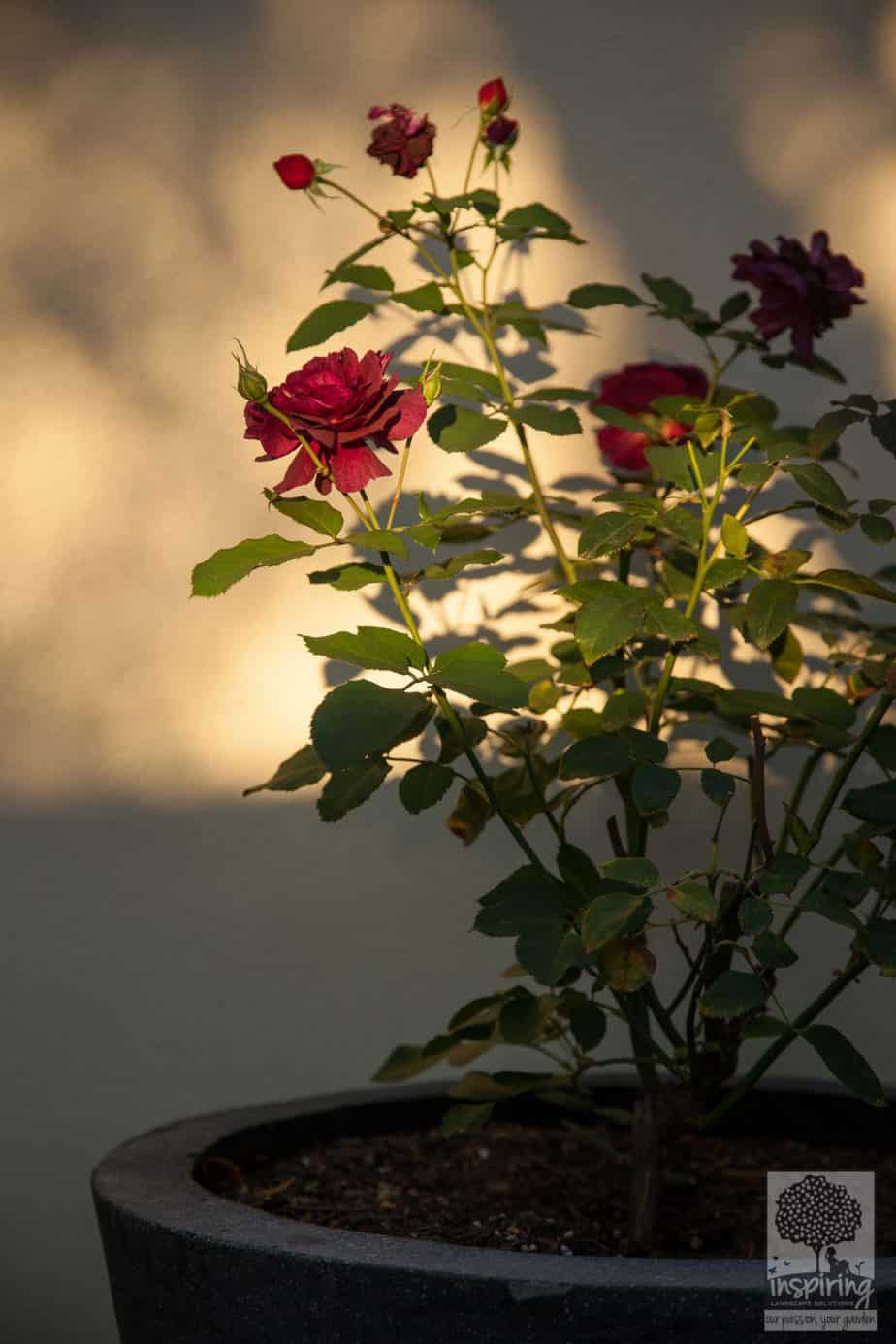
4. Are they easy to grow / maintain
Roses are relatively easy to grow. It is important though follow through with the right soil preparation. Setup and follow a set pruning, fertilising and watering regiment. Once you have a routine or schedule in place, it just becomes habit. You can then enjoy a happy, profusely flowering and thriving plant!
As with any other plant in your garden, I’d advise that you wander about every two weeks to see how your roses are doing. Make it more often if you’ve got new plants in place.
5. What to feed roses
Like citrus, I find that roses are “hungry” plants and require plenty of well-timed feeding to maximise their potential.
Feeding starts at planting time so the compost and well-rotted manure that have been used in preparing the soil will be in good stead for a while.
The initial nutrients will soon be depleted so it will be good practice to continue to improve the soil profile
annually with a good top up of compost and well-rotted manure. If you are optimum flowering performance though an additional boost is required using specially formulated rose fertilisers like Neutrog’s Sudden Impact for Roses.
Regularity
Apply the first dose of fertiliser in spring before the leaves open fully and another one in early or mid-summer when the roses are in full bloom.
I’d suggest to avoid feeding them in late summer as this may encourage them to produce soft growth that could be damaged in a cold winter.
6. How often to water them
Roses have deep roots so they do not show signs of water stress until a drought is prolonged. Established plants generally cope better with drought conditions. So do pay more attention to newly planted roses, never allowing them to dry out.
As with most plants, a good thorough soaking is better than regular dribbles. Consider investing in a drip hose system to manage evaporative water loss and abide by any local watering restrictions.

7. Pruning
Roses respond well to regular dead-heading. Do this throughout their flowering season in spring and summer. This promotes the production of fresh blooms on repeat-flowering roses. Do not head-head, however, if your rose is the type that is grown for their decorative hips!
So when’s the best time to give a rose a really hard prune? It’s when winter has properly set in and the plant is dormant. In doing this, remember to be brutal. Remove dead, interlocking branches or inward growing branches. This improves its shape and air circulation around the plant. Good air circulation is important to prevent any fungal diseases from attacking your lovely rose!
Remove any rose hips at this stage. This helps conserves the plants energy to put it towards sprouting new growth as soon as the weather warms in early spring.
8. Fungal diseases and pests
Watch out for any signs of fungal diseases or aphid attacks on the young buds. These are two common complaints from my clients and what I observe in my own garden.
Fungal Diseases
Fungal diseases in roses mainly manifest on the leaves. You’ll either see black spots, some rusty patches or whitish-grey powdering on the leaves.
Manage these fungal diseases by using appropriate sprays. If left untreated, depending on the disease, it may be fatal to the plant. I use Yates Rose Gun Advanced and Rose Gun Black spot for my roses. They help control a minor infection and are a good preventative measure.
Prune off the affected leaves. The general advice is not to recycle them in your compost material as they are diseased.
Aphids
Managing aphid infestations is relatively easy. Either go the organic way and plant companion plants which attract beneficial insects. Insects like ladybirds wander in and stay in your garden over time and produce young which feed on the aphids. Therefore, this is a long term measure of controlling the aphid population in your garden and the results are seen over time. Personally, I find it very effective on my roses. I have very young children and am therefore reluctant to use synthetic chemicals in my garden unless its unavoidable. I have not had an aphid infestation for many years now as a result of expanding my plant palette in my garden.
The other method which is more commonly used is to spray the affected plants with a proprietary systematic insecticide. Do this as soon as the infection in noticed and repeat as directed by the manufacturer. A gentler approach though (and less harmful one to beneficial insects) is to use a home-made spray. Make this spray from normal dish washing soap and water. You may have to repeat daily though to effectively control the infestation this way.
9. Mulch
Mulch with either compost or bark mulch to reduce water evaporation and help suppress weeds.
Other Inspiration
Hungry for more information on roses?
Then check out the following articles!
All you need to know about roses
In the meantime, visit my past projects below which also squeezed in some roses!
Vermont South
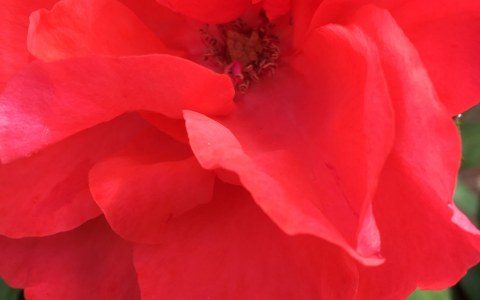
Doncaster
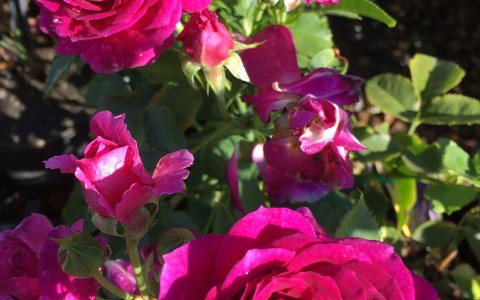
If you need further suggestions or design or plantscaping both indoors and outdoors, please contact us for an onsite 90 minute consultation.
Refer to our packages for further detail on how we can help you in the consults and subsequently throughout your garden implementation process.
Do check out our other articles on plants such as jasmines and hellebores.
Our passion your garden! xx
